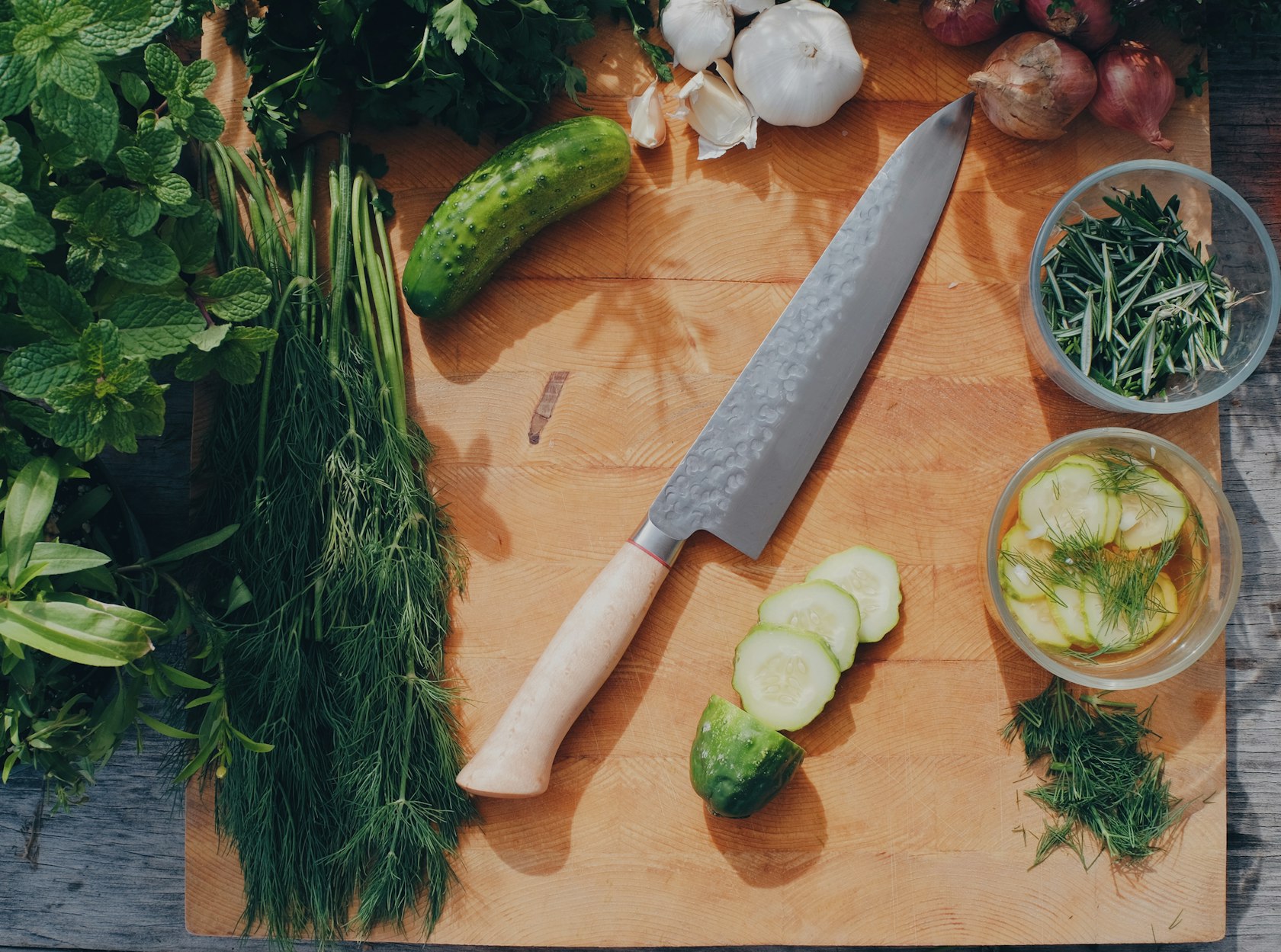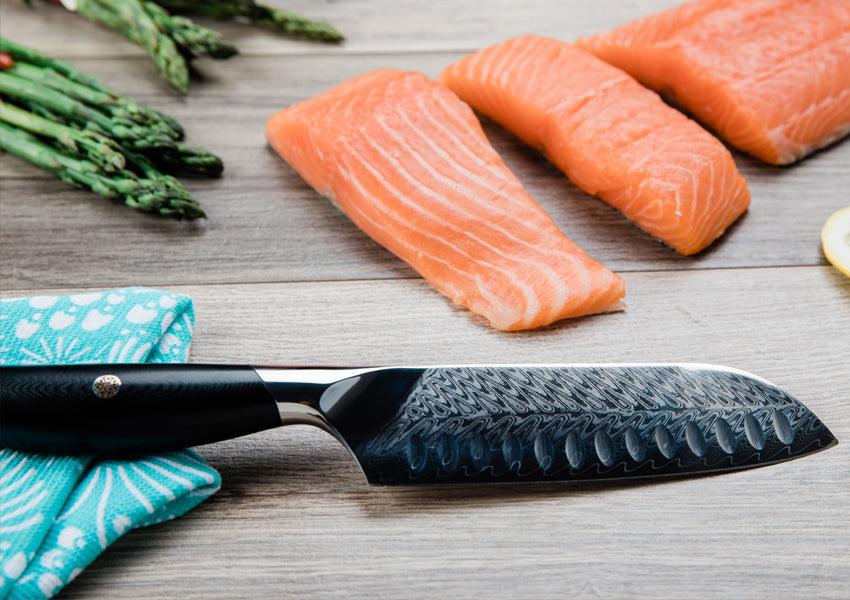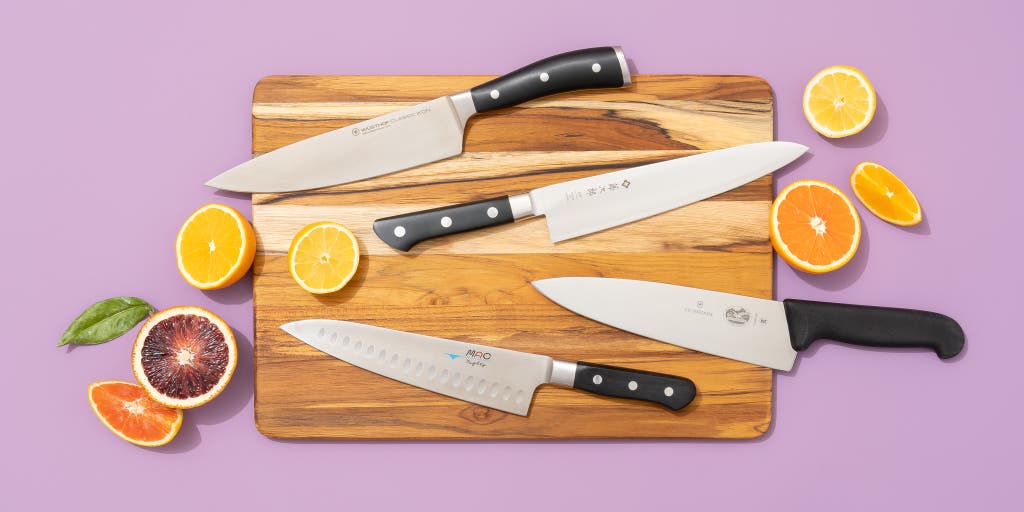The chef knife is undoubtedly a fantastic tool for many tasks in the kitchen. But, there are instances where even the highly regarded chef knife falls short in delivering the precision needed for certain cuts. For those who are keen on achieving exact slices, intricate designs, or simply refined performance, knowing ‘what knife is better for precise cuts than a chef knife?’ is essential.

Understanding the Limitations of a Chef Knife
The chef knife, while versatile, has specific design characteristics that may limit its ability to make precise cuts. Its broad blade, ideal for chopping and dicing, can sometimes be too cumbersome for the finesse required in delicate tasks.
Blade Size and Shape
The broad and curved design of a chef knife’s blade, though perfect for repetitive motion and bulk tasks, makes it difficult to perform detailed cuts. The sheer size and weight can be overbearing for tasks that require delicacy.
Types of Food
Soft ingredients like herbs and certain fruits need a blade that can glide through without causing damage. A chef knife, while sharp, often exerts more force than necessary, leading to squashes and less than perfect cuts.

Exploring Alternative Knives for Precision
Several knives surpass the chef knife when it comes to achieving precise cuts. These knives have specific features tailored for tasks demanding accuracy.
Paring Knife
A paring knife is one of the go-to alternatives for precision. With its small and pointed blade, its perfect for peeling, trimming, and creating intricate designs in food. The compact size offers excellent control, making it easier to maneuver in tight spaces.
Boning Knife
A boning knife is designed with a thin, flexible blade, ideal for tasks that require precision, such as de-boning meat or filleting fish. The narrow blade provides superior control and minimizes waste by making cleaner cuts.
Utility Knife
The utility knife is smaller than a chef knife but larger than a paring knife, striking a balance between versatility and precision. Its medium-sized blade is excellent for slicing and trimming, making it a favorite for tasks that need more detail.
Fillet Knife
A fillet knife is particularly useful for cutting fish with impressive precision. Its long, thin blade allows for clean cuts along the backbone, ensuring no meat is wasted and presenting beautifully filleted pieces.

Choosing the Right Knife for Various Tasks
When selecting a knife for your kitchen needs, consider the specific tasks youre looking to perform. Heres a detailed breakdown of various knives and the tasks they excel at:
Intricate Vegetable Cuts
For intricate vegetable cuts, a paring knife or a utility knife can be your best friend. These knives offer the control needed to make fine cuts without crushing the produce.
Meat Preparation
Preparing meat often requires precision to avoid wastage and achieve a perfect look. A boning knife or a fillet knife can handle these tasks with ease, ensuring your meat is cut cleanly and neatly.
Bread and Baked Goods
When dealing with bread and baked goods, a serrated knife is preferred. Its blade can easily slice through the crust without flattening the soft interior, maintaining the integrity of the bake.

Maintenance and Care
Regardless of the knife you choose, proper maintenance is crucial. Regularly honing and sharpening your blades will ensure they remain in top condition for precise cutting. Additionally, proper storage and cleaningsuch as washing your knives by hand and storing them safelywill prolong their life.
Sharpening and Honing
Investing in a good sharpening tool, such as a whetstone or sharpening steel, is essential. Regular honing helps maintain the blades edge between sharpenings. For more detailed guidance on sharpening, you can refer to professional resources like Victorinox’s knife care tips.
FAQs
What is the best knife for delicate tasks?
For delicate tasks, a paring knife is often the best choice due to its small and nimble blade, offering excellent control.
Is a fillet knife necessary for cutting fish?
Yes, a fillet knife is specifically designed to handle the nuances of cutting fish, ensuring clean and precise cuts along the bone.
How often should I sharpen my knives?
This depends on usage, but generally, knives should be honed before each use and sharpened every few months. Regular maintenance ensures optimal performance.
For further insight into selecting the best knives for various tasks, you can check out our articles on best Japanese chef knife and Santoku knife.
As an Amazon Associate, I earn from qualifying purchases.
As an Amazon Associate, I earn from qualifying purchases.


